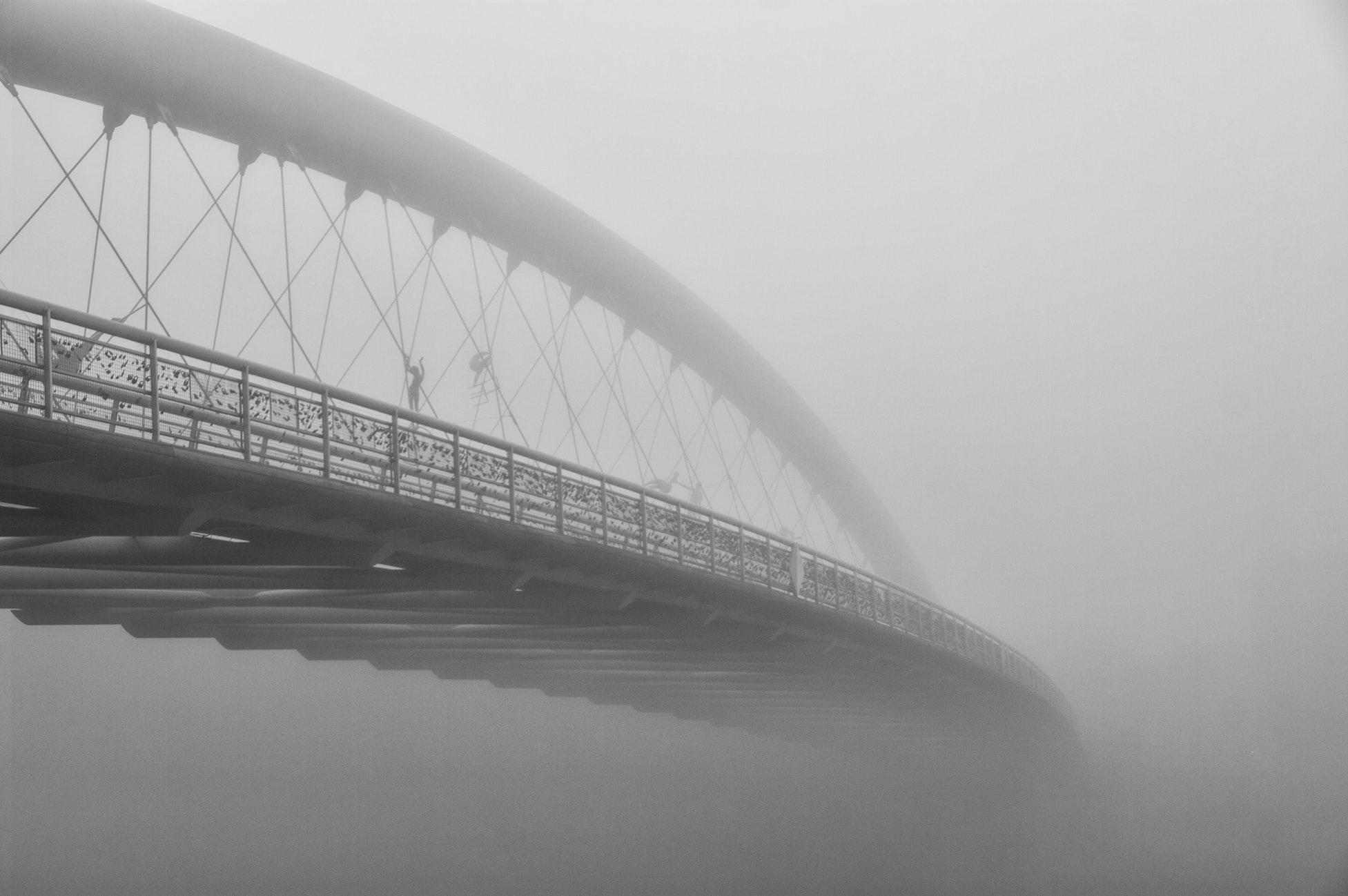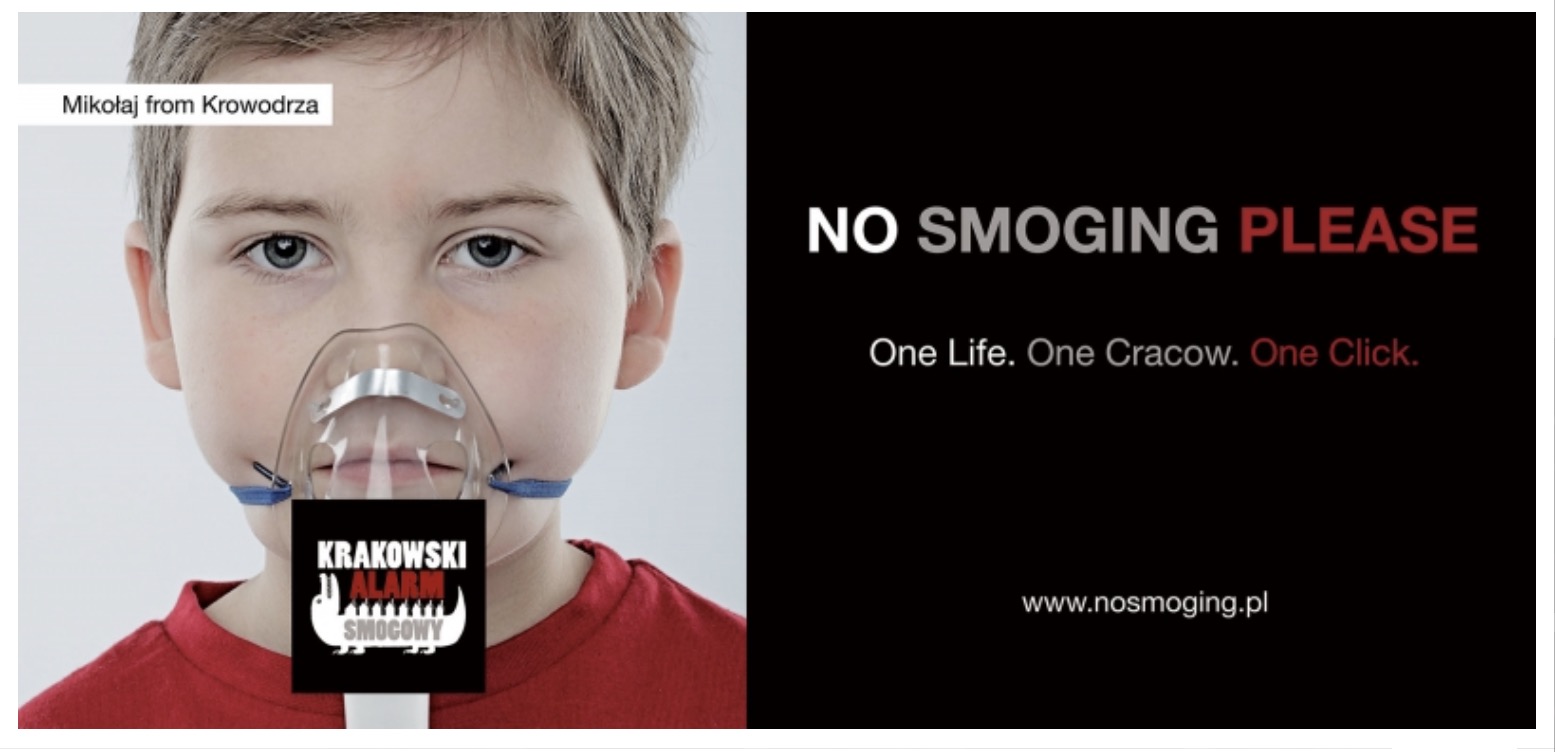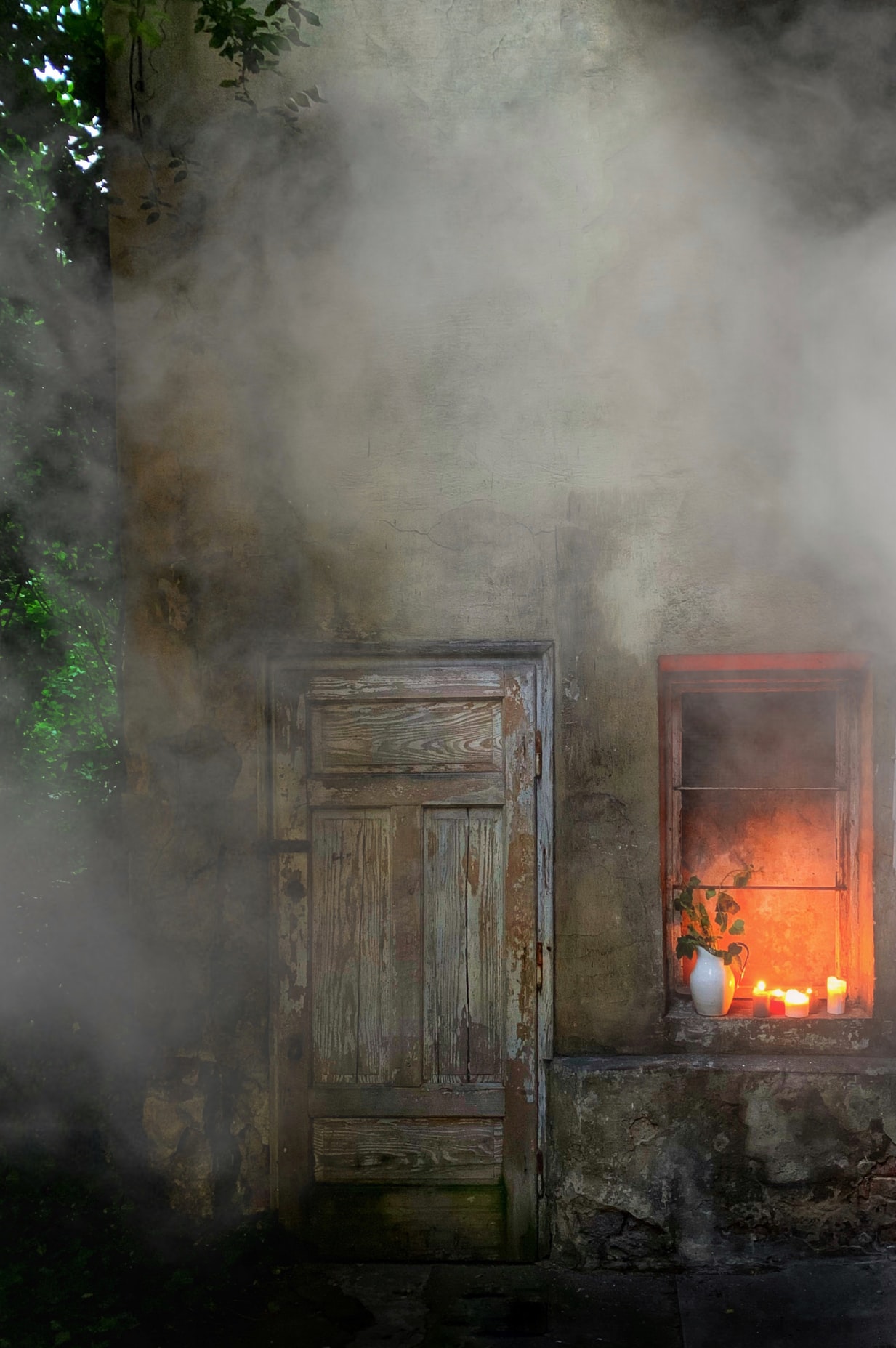
- Good Stuff -
- 5mins -
- 220 views
How a citizens’ movement helped this city breathe clean air again
Meet Anna Dworakowska, co-founder of the Krakow Smog Alert Association and the Polish Smog Alert – a movement bringing together citizens’ initiatives for cleaner air.
Krakow Smog Alert: how positive activism is cleaning Poland’s air quality
Such was the air quality in Krakow, Poland, that its citizens in were inhaling the equivalent of over 2000 cigarettes a year—which is 7 cigarettes a day—and that counts for everyone; pregnant women, small children, the elderly, and people who have suffered from a stroke or heart disease. Together with five friends, Anna Dworakowska launched Kracow Smog Alert, a group of Krakovians who want their city to be safe and clean. Among them are concerned parents who had had enough of the peak smog’s impact on their children’s health, but also people who feel that they have are right to participate in the way their city is changing. Krakow Smog Alert finally toppled the will of politicians and forced an agreement to ban ‘dirty fuel’ from heating systems.

Concerned citizens of Krakow presented enough facts and science to convince politicians to act
At the end of November and beginning of December 2012, Anna Dworakowska and a group of her friends noticed that during the whole month, all thirty days, there was only one day in compliance with the air quality limits. For the rest of the twenty-nine days the limits were exceeded two, three, four, or even eight times. It was the last straw, and they started to dig deeper, to search for information and look into why no one seemed to care. Krakow Smog Alert was born.
Some of the group had previously worked in organisations or foundations, others had quite a lot of experience in economy, while others had a good grasp of environmental protection. So they were not just random people, and their actions were supported by substantive knowledge of the members of the group. One day – one smoggy day too many – they decided that either they move out of the city, or they would try and fight for their air.
The first big success came very quickly, and after just a year of campaigning they managed to have the first ban on burning coal and wood voted in favour of (which was, however, later overturned by the Provincial Administrative Court).
At first, the group were either scorned by politicians, or seen as harmless oddballs, despite the fact that the solutions they proposed were outlined in the expert analysis carried out for the air protection plan. The group did not invent the proposals for actions, they were identified by experts as necessary.
After a half a year of social campaigning, the politicians began to admit that the ban was needed, that, in fact, it could be introduced, that protections for the poor and subsidies for replacing heating sources could be introduced.
The ban on burning coal and wood in Krakow entered into force on 1 September 2019, but it will be the enforcement of these provisions that will decide their overall long-term success.
So what started as a small group of friends posting air quality information and data on Facebook, grew into real change on a civic and even national scale — and it goes to show that we should not just wait for politicians solve such important issues —Sometimes they need the feel the force of people power to get things done!
Source: Smogathon.com

What are the characteristics of Polish and Cracovian smog?
Polish and Cracovian smog pollution is essentially quite similar. There are two major pollutants all across Poland: particulate matter pollution, pm 10, pm 2,5 – the number indicates how tiny the particles are – and the carcinogenic and mutagenic compound benzo-alpha-pyrene.
The main source of both particulate matter and benzo-alpha-pyrene is the so-called low-stack emission, that is emission from chimneys below forty meters. This is mainly domestic heating equipment for coal or wood, in which often also garbage is being burned.
This type of equipment is also popular in small manufacturing facilities, such as carpentry or shoe repair workshops. Countrywide, there are about four million single-family houses that burn coal or wood. And then you need to add apartments in tenements. The scale of this problem is massive.
In big cities, there is also the issue of vehicle transportation, of course. In Krakow cars are responsible for about 20% of particulate matter pollution in the city centre.
Source: Smogathon.com

How climate change and air pollution are linked
Two of the planet’s main environmental problems, climate change and air pollution, are linked. Both problems are a result of the same context: the current energy model. Both climate change and air pollution are worsened by the burning of fuel, increasing the CO2 emissions which cause global warming.
Meanwhile, the generation of other pollutants, such as nitrogen oxides (NO and NO2), sulfur oxides (SO2 and SO3) and particulate matter, is the main reason the air is contaminated. Another characteristic shared by both phenomena is their serious impact on society. Climate change causes drought, flooding, deforestation, homelessness and extinction of animal and plant species… resulting in famine and disease. Atmospheric pollution causes six million deaths a year worldwide and a quarter of lung cancer cases, heart attacks and strokes, representing 0.3% of world GDP in health costs, as well as reducing productivity at work.
Air pollution and climate change are getting worse. The impacts mentioned above will be felt with increasing severity as time goes on if we do not change the energy model. The effects will be more devastating for both the planet and for people’s health. CO2 accumulates and can last at least 100 years in the atmosphere. The global level of air pollution could increase fivefold over the next half-century if the situation is not remedied.
The final comparison to make between climate change and air pollution is the most hopeful: both share a common solution, the introduction of a more sustainable energy model. Energy efficiency, more renewable energy, the use of electric vehicles, less resource consumption, application of measures from the Paris Agreement… will ultimately serve to reduce the polluting emissions that raise the temperature of the planet and make the atmosphere such a polluted environment.
Source: ActiveSustainablility
The IKEA Foundation
The IKEA Foundation addresses the two issues it feels are the biggest threats to children’s futures: poverty and climate change. On climate action, it supports programmes that not only reduce carbon emissions but also make an immediate and tangible difference in people’s daily lives. Since poor air quality is something that affects people regardless of wealth or social status, and has the same underlying causes as climate change, the IKEA Foundation funds campaigns that highlight the impact air pollution has on the health of people and our planet. The IKEA Foundation co-founded Clean Air Fund and supports other partners working to improve air quality in Europe, India and Brazil.

